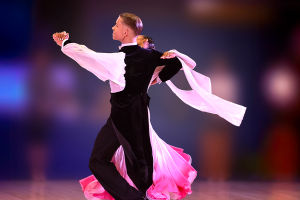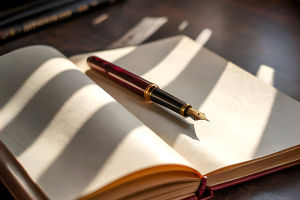Have you ever looked closely at a woodcut print and wondered how the artist achieved such striking contrasts and intricate textures?
Behind every bold line and subtle shadow lies a mastery of carving technique and an understanding of how layers interact to create depth.
Woodcut printmaking, with its roots in centuries of tradition, remains a dynamic art form because of the powerful storytelling possible through skillful carving.
Choosing and Handling Tools for Detail
The heart of woodcut art lies in the tools used. Different carving knives and gouges serve distinct purposes. For instance, a fine V-shaped gouge allows artists to create sharp, clean lines perfect for intricate patterns or hair-like textures.
Meanwhile, wider U-shaped gouges are better suited for removing large areas of wood quickly, establishing broad shapes and shadows.
Mastering tool handling means learning the right pressure and angle to control each cut. Too deep or heavy a cut can ruin delicate areas, while too light may not carve enough for clear print lines. Experienced woodcut artists often practice on scrap wood to develop a feel for their tools, gradually improving precision and confidence.
Layering Shadows and Light through Carving
Unlike painting, where color gradients create shading, woodcuts rely on the interplay of carved and uncarved areas to suggest light and shadow. The more wood removed, the less ink remains on the surface to transfer to paper, producing lighter tones. Less carving leaves darker, ink-rich areas.
This relationship demands thoughtful planning. Artists often carve in stages, starting with general shapes and deep shadows, then moving to finer details and midtones. The texture of the wood grain itself can add subtle variation, enhancing the print's depth and natural feel.
Creating Texture and Emotion with Carving Styles
Beyond the technical, carving styles convey mood and movement. For example, smooth flowing cuts suggest calm or fluidity, while rough, jagged marks can evoke tension or chaos. Artists may combine various cuts to contrast softness and hardness, stillness and action.
In portraits, delicate cross-hatching or parallel lines can simulate skin texture or fabric folds, bringing characters to life. In landscapes, layered strokes might imitate tree bark or rippling water. These details invite viewers to linger, discovering new nuances with each glance.
Practical Tips for Enhancing Your Woodcut Prints
If you're starting with woodcut or seeking to refine your technique, consider these focused tips:
1. Experiment with different gouge sizes. Mix fine and broad tools to build rich detail and strong shapes.
2. Plan your carving in stages. Sketch your design clearly, then remove wood progressively from shadows to highlights.
3. Pay attention to grain direction. Carving along the grain is smoother, but cutting against it can add texture and interest.
4. Practice controlled pressure. Use hand and wrist flexibility to avoid slips and maintain clean lines.
Why Woodcut's Timeless Appeal Endures
Woodcut printmaking combines craftsmanship and creativity in a tactile process that connects the artist physically to the medium. Its bold contrasts and textured layers make each print visually striking and emotionally resonant.
Despite modern digital alternatives, many artists and collectors cherish woodcuts for their unique character and the evident skill behind each line.
Have you ever tried carving or printing yourself? What details or effects would you want to explore to make your woodcuts more expressive?


